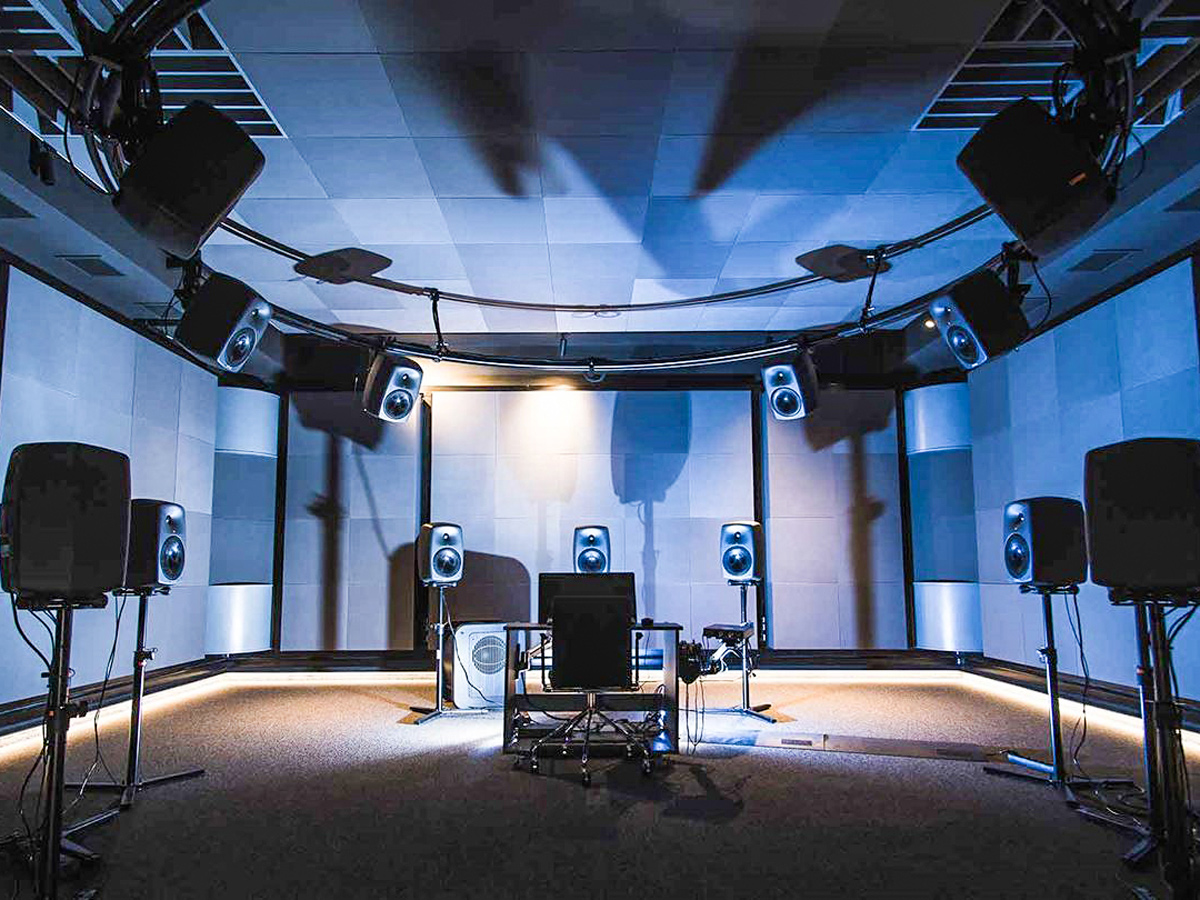Both Atmos and Vision have become synonymous with high-quality content playback and capture. Are there plans to spin this off into other verticals?
JV: Dolby Atmos for Live Music is also a whole new space for us, starting with a venue in Las Vegas where artists can perform their music live with a real-time Dolby Atmos experience. We see artists love it and that makes us happy. We don’t sell by logic, we sell by emotion!
KG: The next big foray for us will be in the automobile space with Dolby Atmos.
JV: And again, a lot of development has gone into making this work for mainstream cars, not just the Mercedes-Maybach with 36 speakers. We want to make it work in everyday cars with 6 or 8 speakers too. While the adoption of ICE cars might be a bit slow due to chipset shortages and longer development times, we are working with a lot of EV brands in China, Lucid in the US, Volvo and Polestar in Europe… so more and more brands are adopting it.
In terms of pre-determining the outcome, the car seems to be a logical step for Dolby Atmos…
JV: Since everything is pre-calculated in the car in terms of cabin volume, number of speakers, speaker locations etc, it’s getting engineers a lot more excited about it too. They want to take their mixes straight from the studio into the car to see how they sound! Our goal is to make it work with a mainstream car eventually with a minimal number of speakers (4 or 6) and that’s a challenge we are working to solve.
KG: We are about tools that enable creators to massify a format or technology and the ecosystem will take care of itself. We hope to have great news for you very soon in the Dolby Atmos for car space!
JV: Certain brands are easier to work with. For example, Volvo has been an early Android adopter for its in-car infotainment system and that is helping us develop a whole new platform for other brands and more affordable products.

.jpg&w=35&h=35&q=70&c=1)


